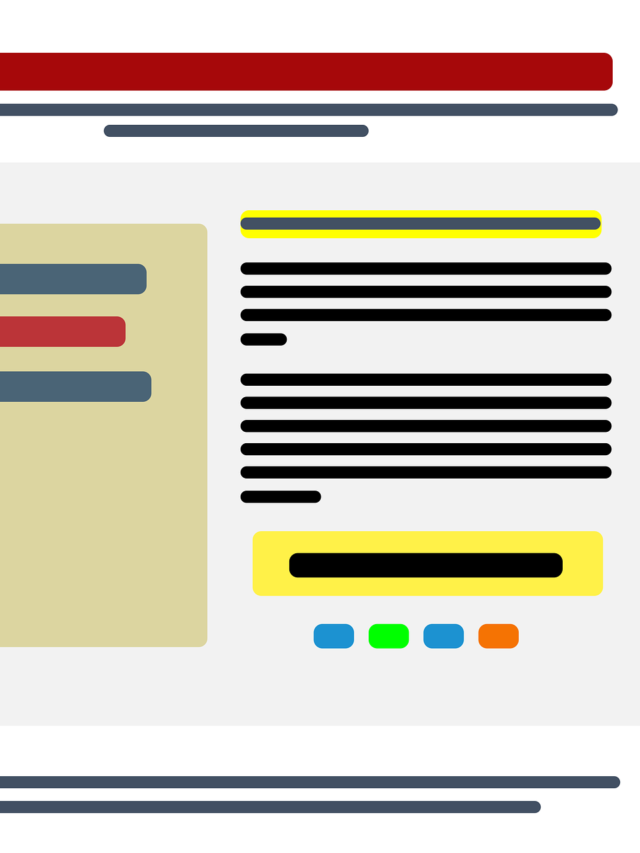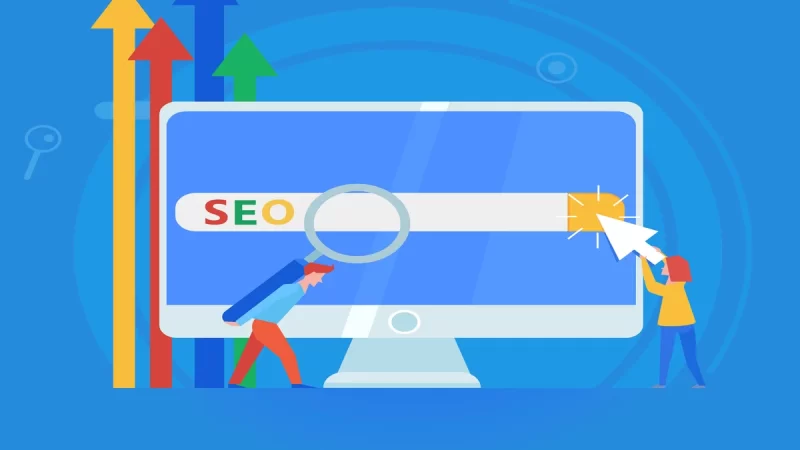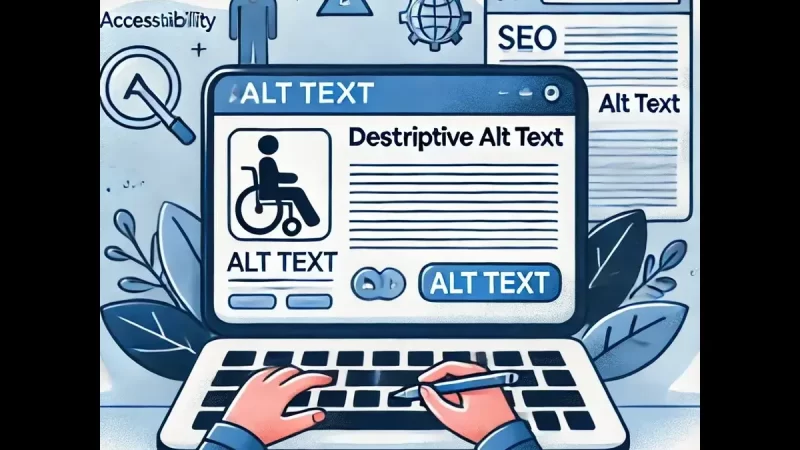Google Search Console Updates: Removal Tool No Longer Includes Cache Updates

Google has recently made a significant update to its Search Console, specifically altering the functionality of the Removal Tool. The update impacts how webmasters manage content removal from Google’s search results, as the tool no longer includes cache updates. Here’s a detailed look at what this means for you and your website.
What is the Google Search Console Removal Tool?
The Google Search Console Removal Tool is an essential feature for webmasters, allowing them to request the removal of URLs from Google’s search results. This tool has been particularly useful for eliminating outdated or sensitive content that should no longer be accessible via search engines.
Previously, when a URL removal request was made, it not only removed the link from the search results but also updated the cached version of the page stored by Google. The cached version is a snapshot of the page that Google stores and serves to users when they view the cached result. This meant that any outdated or sensitive content could be quickly removed from both the live search results and Google’s cached pages.
What’s Changed?
The recent update to the Removal Tool means that it no longer updates the cache when a URL removal request is made. In practical terms, this means that while the URL might be removed from search results, the cached version of the page may still be accessible to users for a certain period.
Implications of the Change
This change has several implications for webmasters and SEO professionals:
- Delayed Content Removal: Sensitive or outdated information might remain accessible in Google’s cache for longer, even after the URL has been removed from search results.
- Privacy Concerns: For individuals or businesses concerned about privacy, this delay can be problematic. Personal or confidential information may still be accessible via the cached version, posing potential privacy risks.
- SEO Impact: From an SEO perspective, this update necessitates a revised strategy for handling content removal. Webmasters may need to take additional steps to ensure that cached content is also updated or removed.
How to Manage Cached Content
With the Removal Tool no longer updating the cache, webmasters need to explore alternative methods to manage cached content effectively. Here are some steps you can take:
- Use the “noarchive” Meta Tag: Adding a “noarchive” meta tag to your pages instructs Google not to store a cached version of the page. This can prevent sensitive content from being accessible through Google’s cache.

- Update Content Regularly: Regularly updating the content on your pages can help ensure that Google re-crawls and updates its cached version more frequently.
- Submit an Updated Sitemap: Ensure that your sitemap is up-to-date and submit it to Google Search Console. This can encourage Google to re-crawl and update the cached versions of your pages.
- Request Cache Removal via Webmaster Tools: While the direct link removal may not update the cache, you can still use other tools within Google Search Console to request that Google re-crawls and updates specific pages.
The update to the Google Search Console Removal Tool, which no longer includes cache updates, represents a notable shift in how webmasters must handle content removal. While this change might present challenges, especially concerning privacy and sensitive information, there are steps you can take to manage cached content effectively. By employing strategies like using the “noarchive” meta tag, regularly updating content, and submitting an updated sitemap, you can mitigate the impact of this change and ensure that your web content is managed effectively within Google’s search ecosystem.
FAQs on Google Search Console Updates: Removal Tool No Longer Includes Cache Updates:
The Google Search Console Removal Tool is a feature that allows webmasters to request the removal of specific URLs from Google’s search results. This tool helps in managing and controlling what content appears in search results, particularly outdated or sensitive information.
The recent update to the Removal Tool means that it no longer updates the cached version of a page when a URL removal request is made. This implies that even if a URL is removed from search results, the cached version of that page may still be accessible for some time.
This change is significant because it impacts how quickly removed content disappears from Google’s cache. Previously, a URL removal also updated the cache, ensuring that both the live and cached versions were removed or updated simultaneously. Now, webmasters need to take additional steps to manage cached content.
You can prevent Google from caching your web pages by using the “noarchive” meta tag in the HTML code of your pages. This tag instructs Google not to store a cached version of the page.
Yes, regularly updating your content can encourage Google to re-crawl your pages more frequently, which can help ensure that the cached versions of your pages are also updated.







